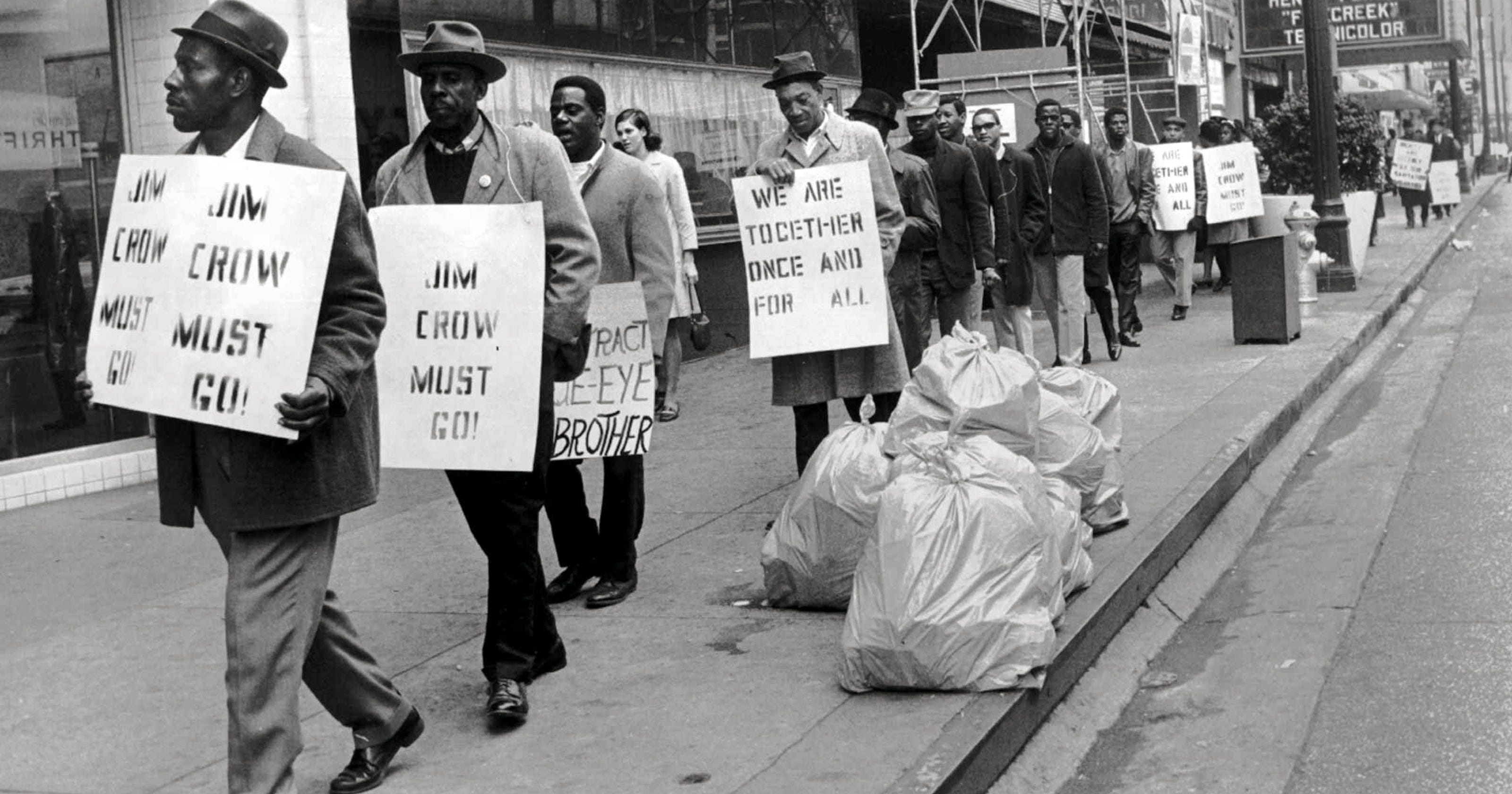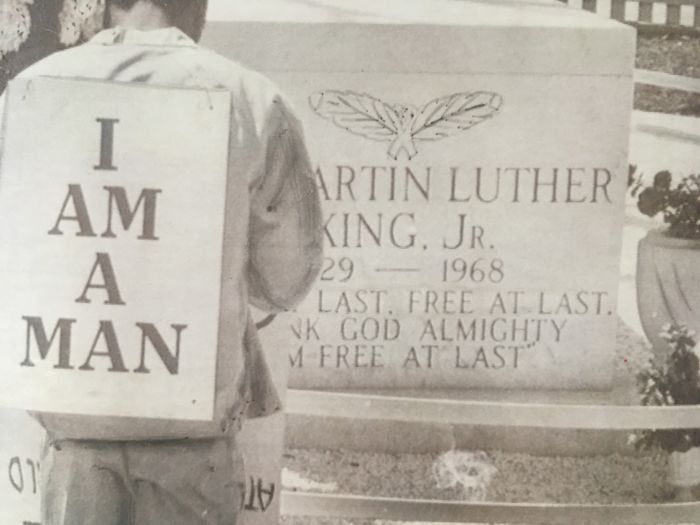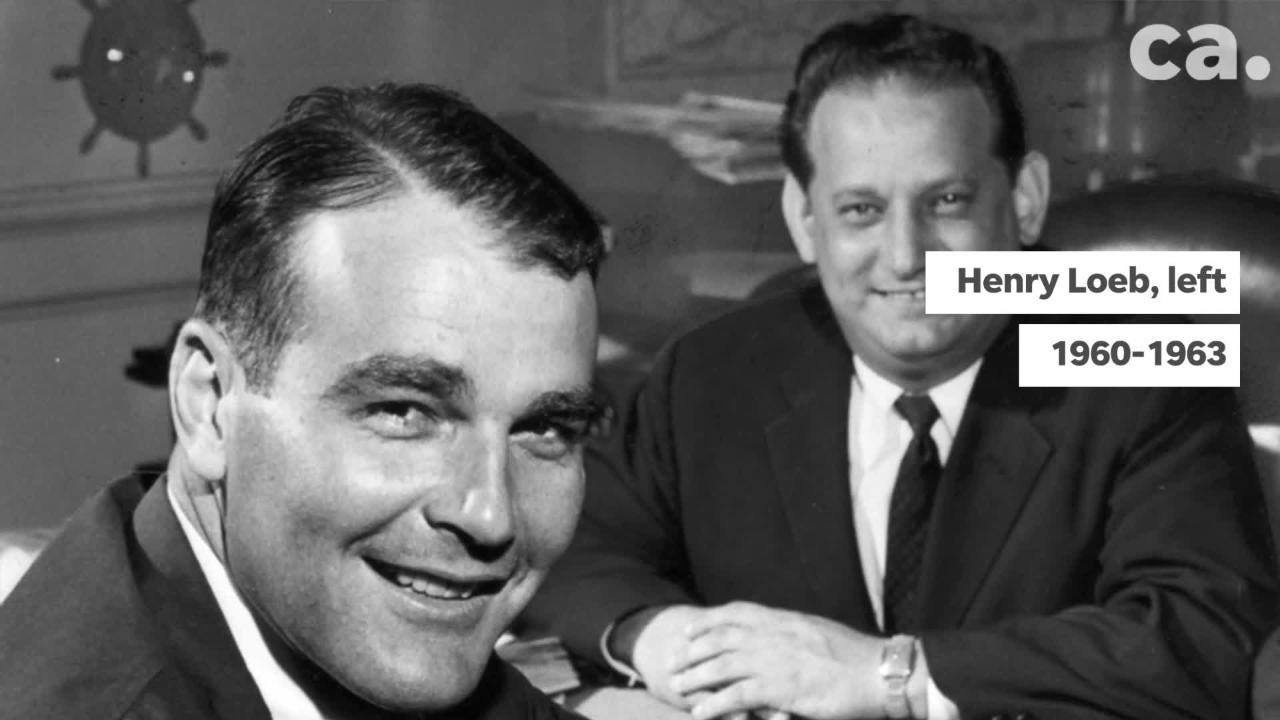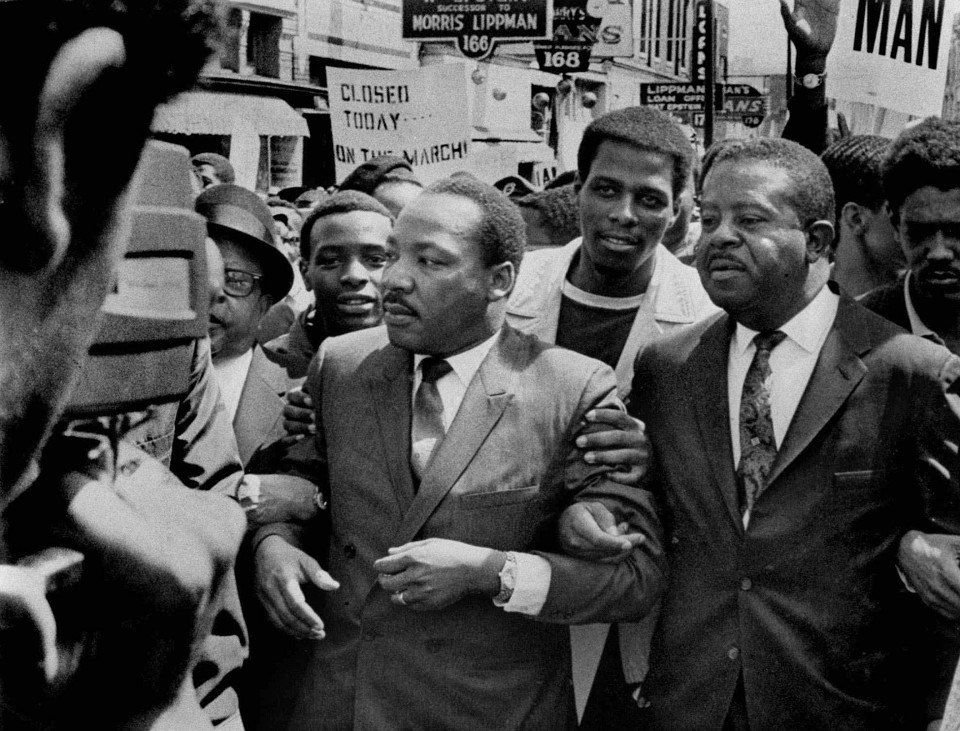Striking black sanitation workers vs. black officialdom in 1977 Atlanta Re-examined Part 1

This article is a
case study of the betrayal of the African American working class by the Black
political class elites brought to power by the Civil
Rights and Black Power movements of the 1960's.
"A disgrace
before God"
Labor struggle in
the American South has a long and proud tradition. From the historic
textile mill strikes of 1934, to streetcar workers in 1949 Atlanta, to
sanitation workers in Memphis and St. Petersburg, Florida in 1968, working
folks have organized to control social relations and conditions of labor in
their workplaces, and to regain a semblance of their own humanity in the face
of attacks from company bosses, police, and government officials. And this was
all initiated with little or no formal union infrastructure or support. Yet Southern labor history is portrayed as
backward or underdeveloped in relation to the North, with its long tradition of
unions in large industrial cities like New York, Detroit, and Chicago.
Instead we see that Southern folks, blacks and whites alike, have struggled for
years against bosses running company towns with an iron fist, against Jim Crow
segregation pervading workplaces, neighborhoods and cities, and against all
authoritarian forces viewing organized labor struggles as the coming terror.

Workplace organizing among sanitation workers, by 1977, had
a proud history. Throughout the 1960s and 1970s, in places like New York City,
Cleveland, Atlanta, St. Petersburg, and most famously Memphis in 1968,
sanitation workers, as individuals and as organized groups, battled city bosses
against slave wages, unsafe working conditions, and for the right to form
unions and workplace associations on their own terms. These struggles went hand-in-hand with the black liberation movement,
for defeating white supremacy was a challenge met in neighborhoods and in
workplaces.
The city recognized the strikers’ call for union recognition, nationally backed by the American Federation of State, County, and Municipal Employees (AFSCME) and conceded to demands for better pay and improved workplace conditions. This scene repeated itself in St. Petersburg and Cleveland later that year. This also occurred in Atlanta in 1970, where civil rights figures, some of whom were newly elected city officials, supported striking sanitation workers threatened with termination by Atlanta’s white mayor Sam Massell.
Fast-forward seven years to the Atlanta of 1977 and
something strange, one may think, happened. The script was flipped. The same
black officials who supported sanitation workers against firings by a white
mayor decided to replace striking city sanitation employees with scabs. This
occurred with the full support of many old guard civil rights leaders and
organizations, allied with business and civic groups associated with Atlanta’s
white power structure during Jim Crow segregation. What explains the apparent about-face by black officials?
The Atlanta strike of 1977 shows the coming of age of a
coalition of black and white city officials, along with civic and business
elites, under the leadership of the city’s first black mayor, Maynard Jackson.
Just seven years earlier Jackson publicly sided with sanitation workers against
a white mayor seeking to fire them. Jackson and some members of the civil
rights establishment, in positions of local government by the mid 1970s, did
not hesitate to marshal the forces of official society against the
self-activity of black workers. They
allied with white business and civic elites, the same people that just a few
years earlier openly supported white supremacist segregation, all in the name
of smashing the sanitation workers’ strike by any means necessary.
The coalition of black and white elites 71 years later
helped foment class antagonisms that ultimately bubbled to the surface. The
difference from 1906 was blacks had a seat at the table of Atlanta city
government. The demise of the 1977 sanitation strike appeared to be a blow to
the black liberation struggle of the 1960s and 1970s, showing that its mainly
reformist victories actually signaled a defeat of the broader movement towards
anti-racism and self-government. It signaled to working folks, black and white
alike, that the promised land Martin Luther King Jr. spoke of while addressing
sanitation workers in Memphis, just a day before he was assassinated, appeared
open only to business, political, and religious elites.
Memphis Sanitation
Workers Strike, 1968

This was evident in the treatment of city sanitation
workers. This job, socially open only to black men, paid such menial wages that
most workers lived below the poverty line. After numerous attempts to create a
union to counter the city bosses and improve social and material workplace
conditions, sanitation workers finally struck in February 1968. What ultimately sparked the strike was the
death of two men crushed by faulty garbage trucks. With no formal union support
through the national AFSCME leadership, who initially told folks to stay on the
job, men organized a complete work stoppage, asking for significant
improvements in pay, work conditions, and the right to unionize.[2]
Led by Mayor Henry Loeb, Memphis city government took a firm
line against these individuals that would dare challenge the social, economic,
and racial divisions prevailing in Memphis. But it would be white supremacists
like Loeb and his ilk who would be left rotting on the trash heap of history by
the strike’s end in April 1968.
Unionization efforts
began a few years earlier, led within the ranks by T.O. Jones. For his
efforts, Jones was fired, but he continued working towards unionization as an
organizer for AFSCME Local 1733. By the cold winter of 1968, sanitation workers
were tired of workplace conditions, faulty equipment, and pay ranging from $1.65
to $1.85 an hour for laborers and $2.10 for truck drivers.[3] The attitude of
city officials was demeaning, telling employees that going on strike was
unnecessary and illegal. Besides, sanitation workers were lectured, the
benevolent white city fathers took care of them anyway. However a critical mass of sanitation workers, with strong support from
the community, had become sick and tired of the city’s plantation mentality
that saw them as nothing more than misbehaving children.
Striking workers countered by carrying signs proclaiming “I Am a Man.” It was not simply small
economic gains and improved workplace conditions motivating Memphis sanitation
men to organize collective labor action. Rather it was a call to change the
racist social and economic conditions black folks endured in Memphis. These
conditions had fundamentally not changed since the time of slavery. The new
society was breaking out of the old order where white supremacy had ruled
virtually unchecked.
At this historical moment of labor struggle by Memphis
sanitation workers, national leaders in AFSCME viewed their actions as
troublesome. When initially informed of
the walkout, AFSCME’s field service director P.J. Ciampa privately stated, “I need a strike in Memphis like I need a
hole in the head.” He also
chewed out T.O. Jones for helping start an illegal strike, though eventually
promised support from the national office.[4]
This was yet another
example in American labor history where the autonomous creative capacities of
working folks reached far beyond the capacities of union bureaucrats to
envision struggle towards fundamental change in workplace social relations.
Support remained strong in the Memphis community with national attention and
aid from the civil rights establishment arriving later.
This showed prominently in a community march that King
participated in. Police violently attacked some marchers and they fought back,
smashing up property in downtown Memphis in the ensuing clash. King was appalled that these marchers did
not follow his strict philosophy of nonviolence. However, some strikers and
community members felt his intervention was opportunist and aloof from
strategies and goals agreed among folks in Memphis. King’s actions and
attitudes were a telltale sign of how relations between the civil rights establishment,
supported by many labor bureaucrats in 1968, and rank-and-file workers as well
as community groups would operate in future labor struggles.

However this would not be the case. Some of the same black leaders in the civil rights establishment, who had sought to aid sanitation workers against racist Memphis city officials, would just nine years later be in the same position as Henry Loeb. By then they were willing to use the same strikebreaking tactics he had employed in his attempt to crush the 1968 strike. This complex relationship of class and race at the dawn of the era of black mayors and city officials, in their fight to contain the aspirations of community and workers self-management, comes into focus when we examine the 1977 Atlanta strike.
CLICK THIS LINK TO CONTINUE READING THIS ARTICLE



